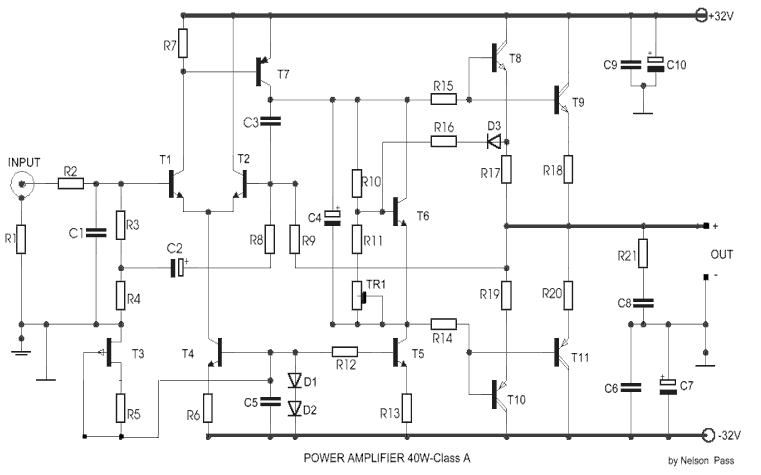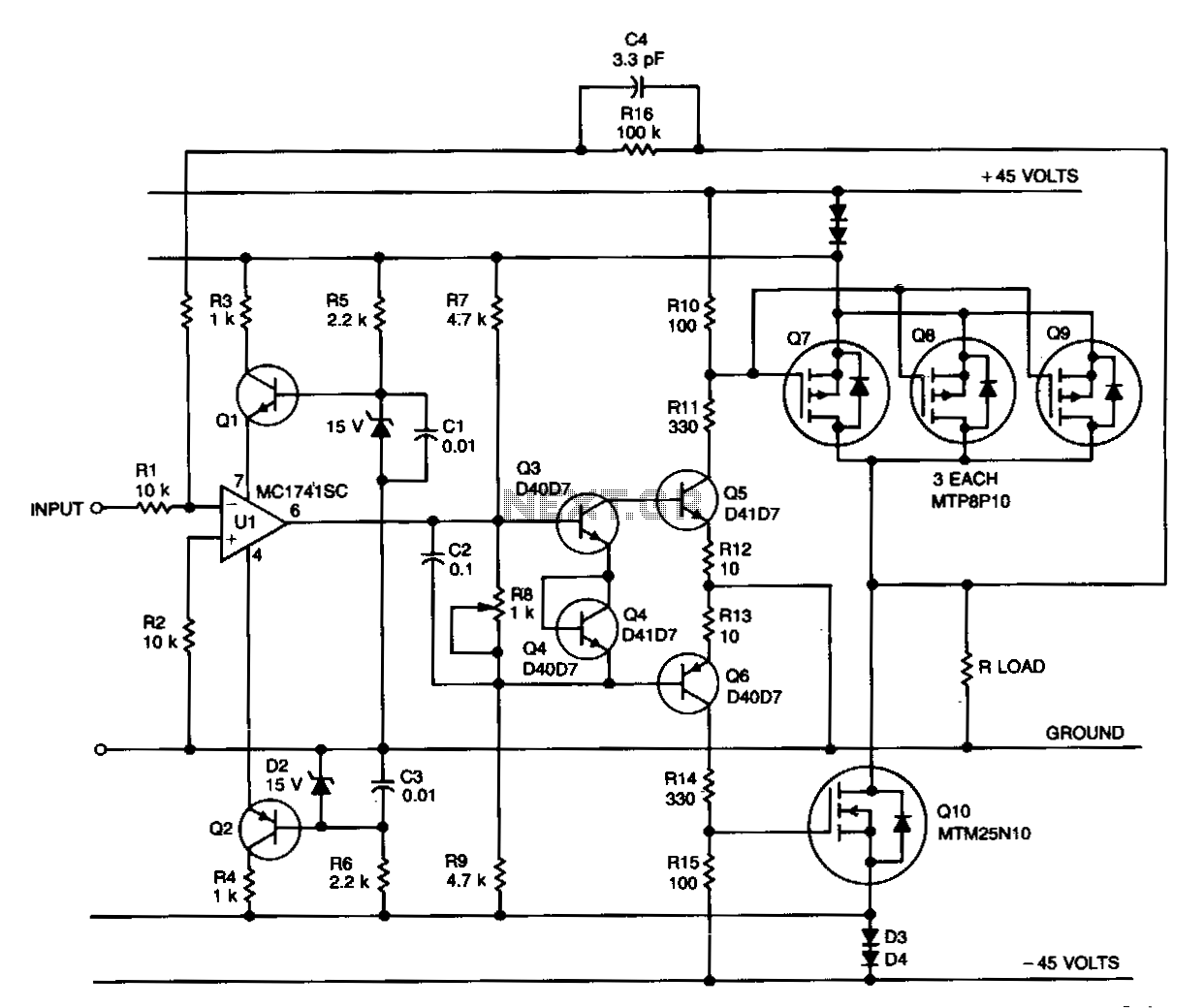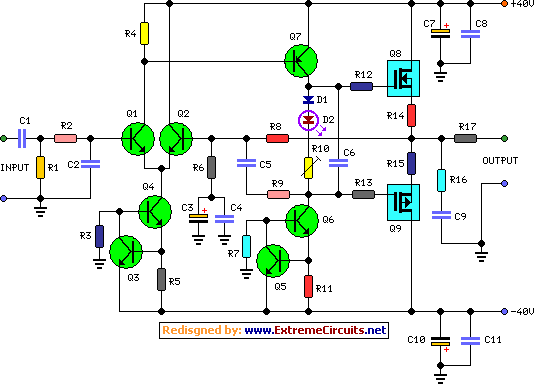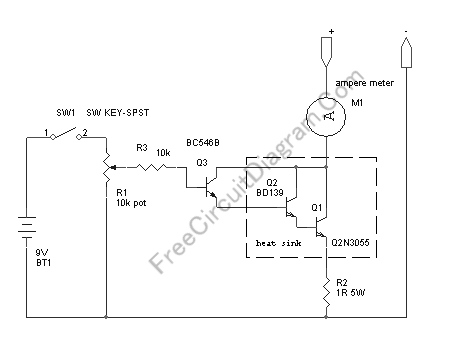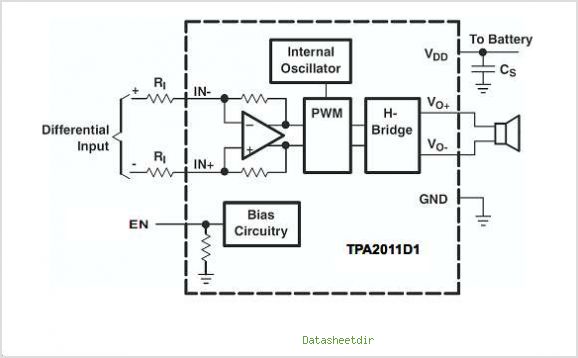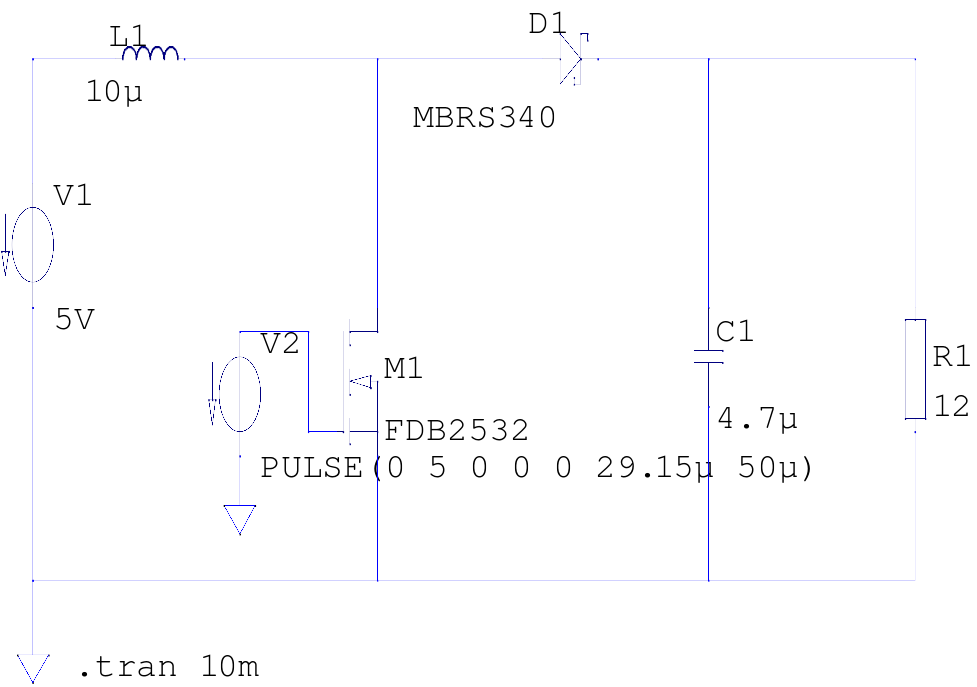
Micro Power FM Broadcasting
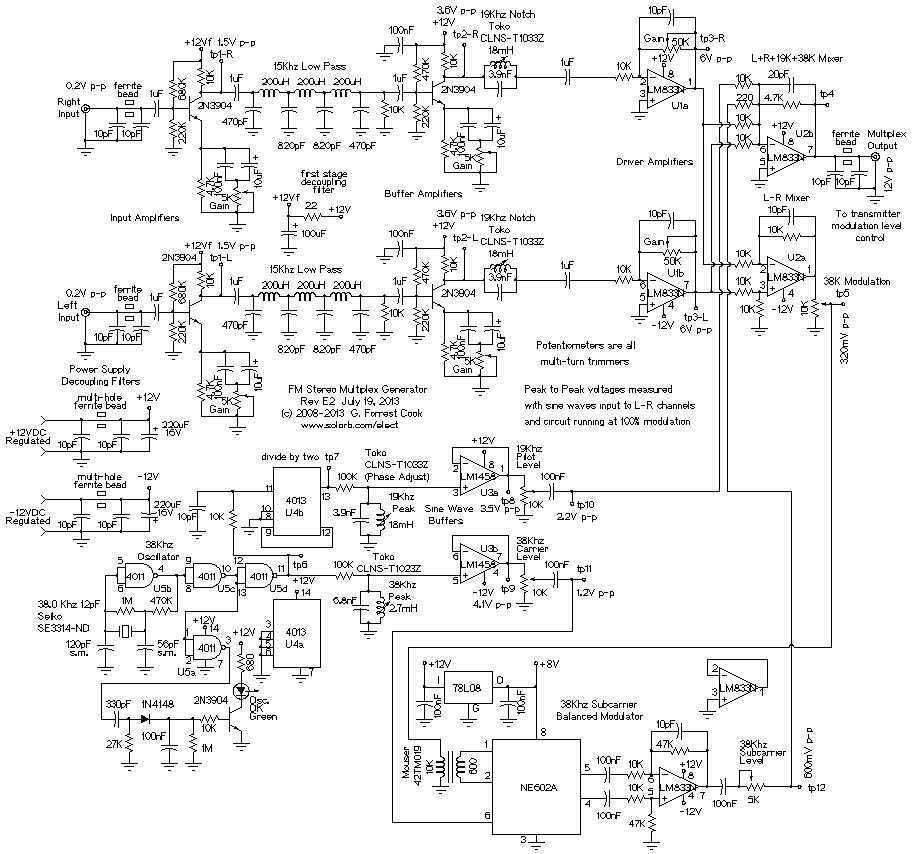
Here are some utility circuits for use with the Ramsey FM10a, and other small FM stereo transmitter kits. This information may be helpful for setting up a micro powered FM radio station. The FM10a and similar kits tend to put out a low quality, broad band output signal. This is not a big problem with a 5-10 milliwatt signal, but amplifying the output of such kits beyond 50mw is a bad idea, as the amplified signal can cause interference with other radio services, drawing unwanted attention to your hobby station. More: If you want to work with a higher power transmitter, find a better quality transmitter such as the Free Radio Berkeley Mono PLL kit, and build my circuit for an FM Stereo generator (above).
The Ramsey FM10a and similar small FM stereo transmitter kits are designed for low-power applications, typically operating in the range of 5 to 10 milliwatts. These kits are suitable for hobbyists looking to set up micro-powered FM radio stations. The output signal generated by these transmitters is characterized as low quality and broad band, which can be acceptable for short-range applications. However, it is crucial to note that when considering amplification beyond 50 milliwatts, there are significant risks involved. Over-amplification can lead to interference with other radio services, which not only disrupts communication but may also attract regulatory scrutiny.
For individuals seeking to operate at higher power levels while maintaining quality, it is advisable to explore alternative transmitter options, such as the Free Radio Berkeley Mono PLL kit. This particular kit is known for its superior performance and signal quality. By utilizing a higher quality transmitter, users can achieve a more stable and clearer output, which is essential for effective broadcasting.
For those interested in enhancing their FM transmission capabilities, constructing an FM Stereo generator circuit is recommended. This circuit can improve the audio quality and overall performance of the transmission, allowing for a more enjoyable listening experience. Careful design considerations, including component selection and circuit layout, will be essential in achieving the desired results while minimizing interference issues. Proper shielding and grounding techniques should also be employed to ensure compliance with radio frequency regulations and to prevent unwanted signal leakage.Here are some utility circuits for use with the Ramsey FM10a, and other small FM stereo transmitter kits. This information may be helpful for setting up a micro powered FM radio station. The FM10a and similar kits tend to put out a low quality, broad band output signal. This is not a big problem with a 5-10 milliwatt signal, but amplifying the output of such kits beyond 50mw is a bad idea, as the amplified signal can cause interference with other radio services, drawing unwanted attention to your hobby station.
If you want to work with a higher power transmitter, find a better quality transmitter such as the Free Radio Berkeley Mono PLL kit, and build my circuit for an FM Stereo generator (above). 🔗 External reference
The Ramsey FM10a and similar small FM stereo transmitter kits are designed for low-power applications, typically operating in the range of 5 to 10 milliwatts. These kits are suitable for hobbyists looking to set up micro-powered FM radio stations. The output signal generated by these transmitters is characterized as low quality and broad band, which can be acceptable for short-range applications. However, it is crucial to note that when considering amplification beyond 50 milliwatts, there are significant risks involved. Over-amplification can lead to interference with other radio services, which not only disrupts communication but may also attract regulatory scrutiny.
For individuals seeking to operate at higher power levels while maintaining quality, it is advisable to explore alternative transmitter options, such as the Free Radio Berkeley Mono PLL kit. This particular kit is known for its superior performance and signal quality. By utilizing a higher quality transmitter, users can achieve a more stable and clearer output, which is essential for effective broadcasting.
For those interested in enhancing their FM transmission capabilities, constructing an FM Stereo generator circuit is recommended. This circuit can improve the audio quality and overall performance of the transmission, allowing for a more enjoyable listening experience. Careful design considerations, including component selection and circuit layout, will be essential in achieving the desired results while minimizing interference issues. Proper shielding and grounding techniques should also be employed to ensure compliance with radio frequency regulations and to prevent unwanted signal leakage.Here are some utility circuits for use with the Ramsey FM10a, and other small FM stereo transmitter kits. This information may be helpful for setting up a micro powered FM radio station. The FM10a and similar kits tend to put out a low quality, broad band output signal. This is not a big problem with a 5-10 milliwatt signal, but amplifying the output of such kits beyond 50mw is a bad idea, as the amplified signal can cause interference with other radio services, drawing unwanted attention to your hobby station.
If you want to work with a higher power transmitter, find a better quality transmitter such as the Free Radio Berkeley Mono PLL kit, and build my circuit for an FM Stereo generator (above). 🔗 External reference
